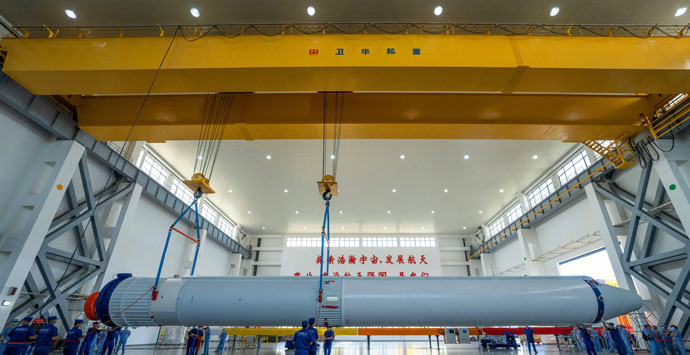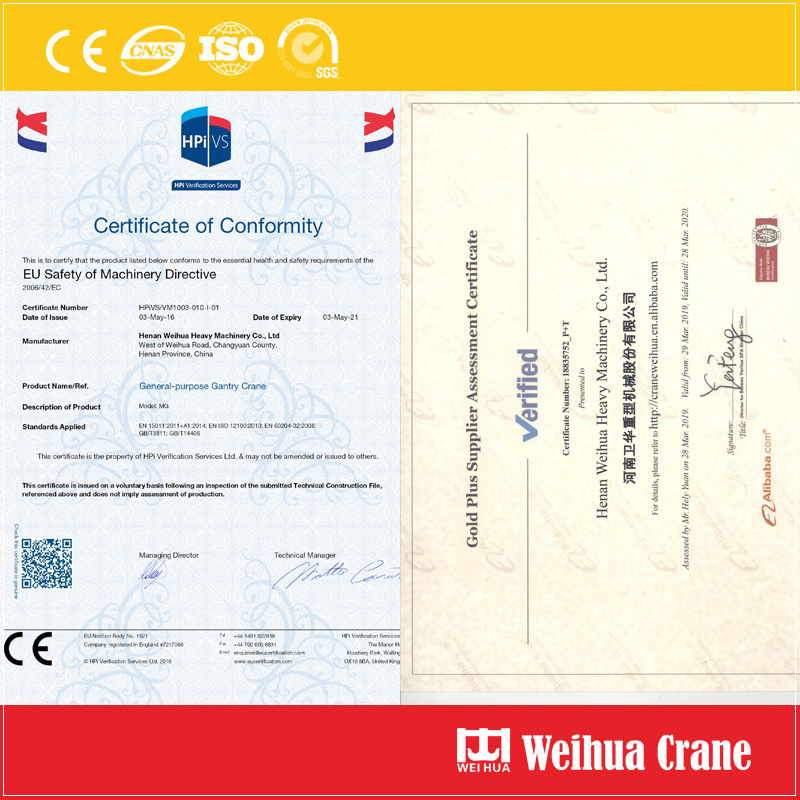When you picture an aircraft hangar, your mind likely goes to the majestic wings of a jumbo jet, the intricate engineering of an engine, or the teams of skilled technicians at work. But high above this orchestrated chaos, a crucial piece of equipment performs its duty with quiet reliability: the aircraft hangar crane hook.
It’s easy to overlook this simple, forged piece of metal. 然而, it is the critical final link between the immense power of the overhead crane and the multi-million dollar, incredibly delicate components it carries. In the world of aviation maintenance, 維修, and overhaul (MRO), 這 起重機鉤 is where responsibility meets gravity.

Aircraft components are not like standard warehouse goods. They are characterized by three things: immense weight, extreme value, and incredible precision.
The crane hook is the point of contact for all these tasks. Its failure is not an option. A single mishap could lead to catastrophic damage, costly repairs, and severe safety hazards for personnel on the hangar floor.

What makes an aircraft hangar crane hook different from a standard industrial hook?

An aircraft hangar crane hook is subject to some of the most stringent inspection protocols in the industry. Compliance with standards like OSHA (職業安全與健康管理) and ASME (美國機械工程師學會) is mandatory.
日常的, 每月, and annual inspections are performed to check for:
Any sign of defect leads to immediate removal from service. There is no room for compromise when human lives and multi-million dollar aircraft are at stake.


Even this humble piece of hardware is getting smarter. Modern advancements include hooks integrated with:
The next time you see an aircraft hangar crane, take a moment to look at the hook. It’s a masterpiece of focused engineering. It represents the immense trust placed in the equipment and the people who operate it. It’s a reminder that in aviation, every single component, from the smallest rivet to the largest engine, is handled with a commitment to precision, 安全, and excellence.
It’s not just a hook; it’s the guardian of gravity in the world of flight.


我們重視您的反饋! 請填寫下面的表格,以便我們可以根據您的特定需求來量身定制服務.

最新評論